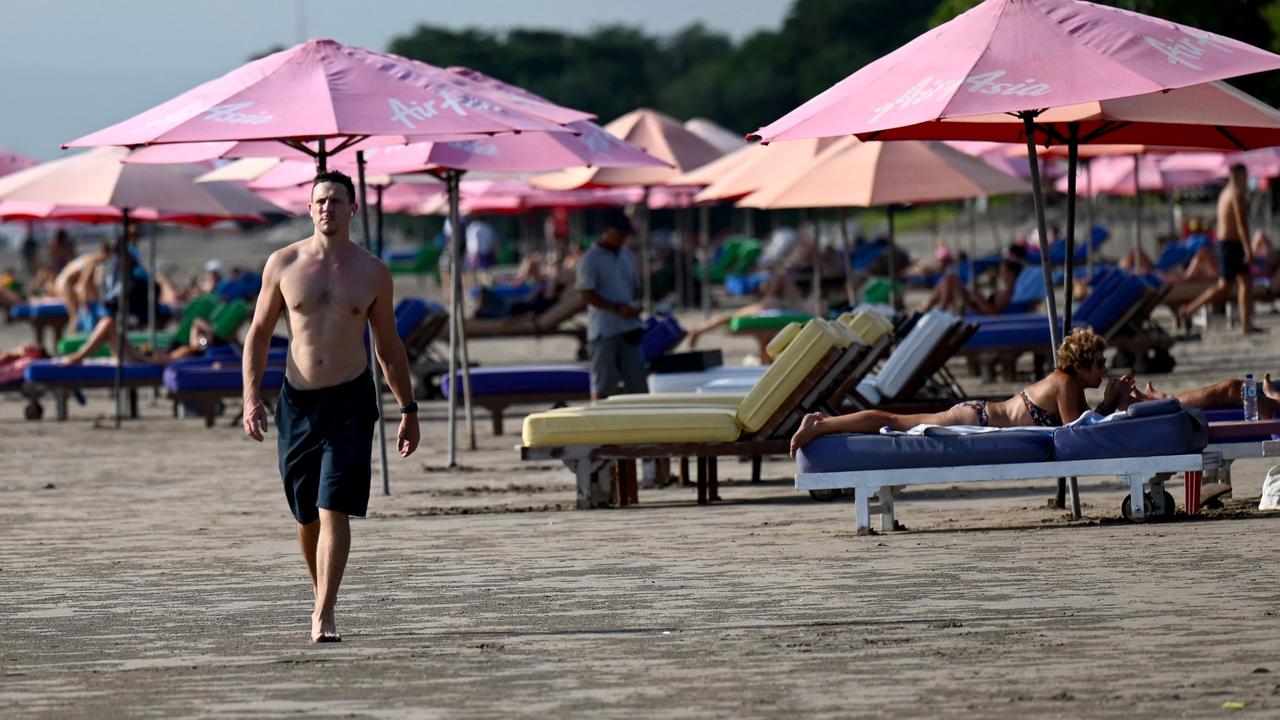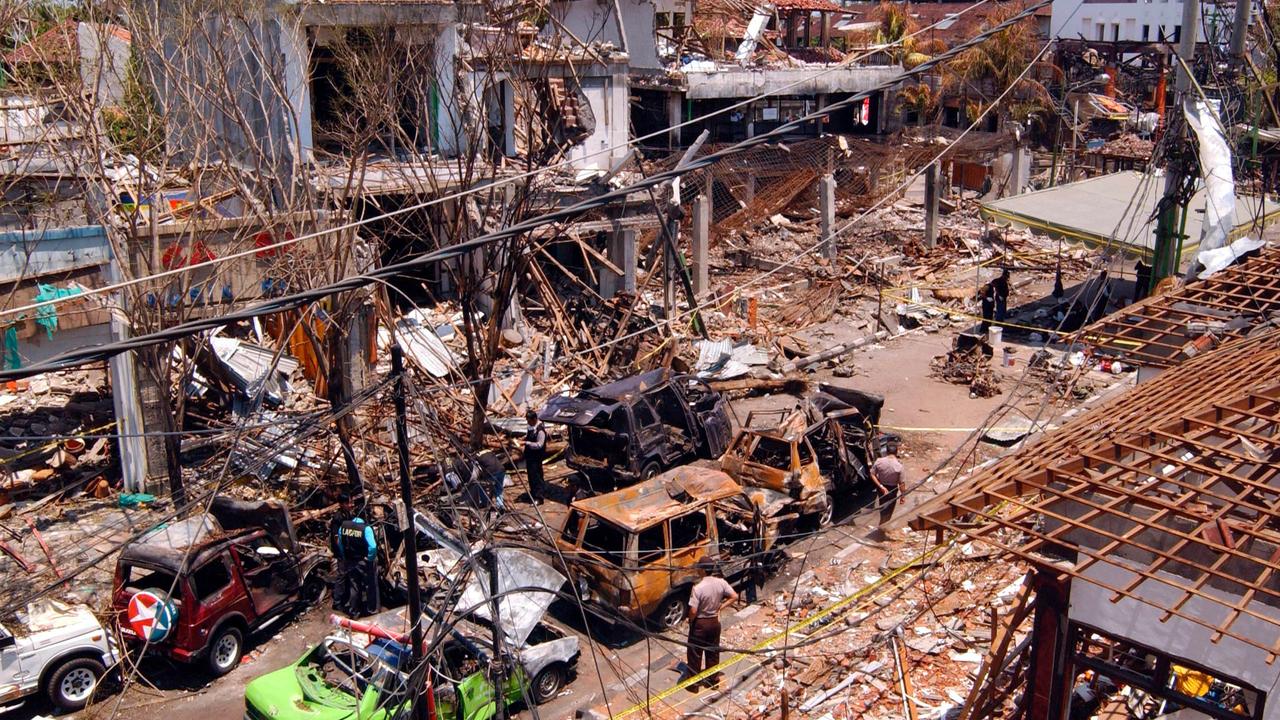Why I went to Saudi Arabia – twice
Few places on the planet are shrouded in as much mystery – or controversy – as Saudi Arabia. This traveller lifts the veil on one of the world’s most hot-button destinations.
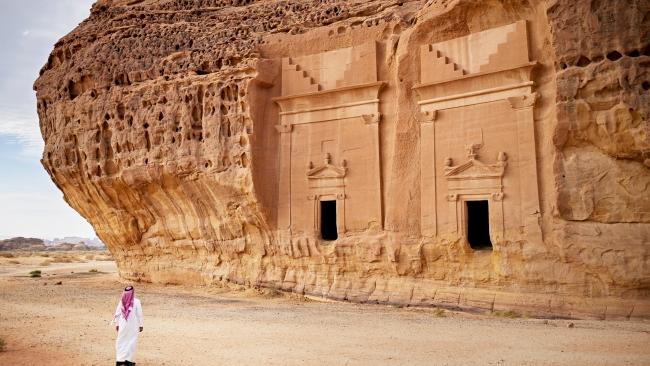
Travel
Don't miss out on the headlines from Travel. Followed categories will be added to My News.
Few travel destinations on the planet are shrouded in as much mystery – or controversy – as Saudi Arabia, which didn’t open its doors to international tourists (except for Hajj pilgrims) until late 2019. Between its ultra-conservative Islamic laws and shady human rights record, it’s easy to understand why many travellers are hesitant to visit.
Curious to learn about the Saudi behind the headlines, I made my first trip to the kingdom independently in 2019. With little information available in English about what to do and how to do it, exploring the capital, Riyadh, and the seaside city of Jeddah independently wasn’t easy. The dress code was still a grey area – I arrived wearing a headscarf and an abaya (cloak) for good measure, but long, loose clothing is acceptable – and with new roads being built in Riyadh faster than Google Maps can keep up with, every Uber journey was an adventure.
I was intrigued. While Saudi remains a deeply conservative country, it’s also a nation in the throes of great change – its younger generations giddy on newly established social freedoms including the right for women to drive and work in a wider array of professions. Experiencing this major socio-cultural shift alone makes Saudi a fascinating place to visit.
See also: 8 things to know before visiting Saudi Arabia
See also: Saudi Arabia's top 10 tourist attractions
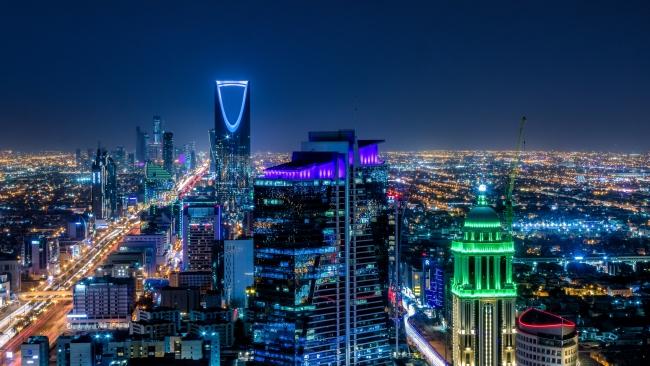
Saudi is also rich in natural and cultural attractions now easier to access following a raft of tourism infrastructure upgrades since my last visit. Impressed by the restored historical city of Diriyah I toured in Riyadh on my first trip, I was eager to explore the ancient incense route hub of Al-Ula in the nation’s remote northwest – home to the rock-cut Nabataean tombs of Hegra – before the post-lockdown crowds arrived.
So, while temporarily based in neighbouring Qatar, I seized the opportunity to make a second (jetlag-free) trip to Saudi, this time with some travel costs covered by the Al-Ula tourism board, which has supported scores of international media and influencers to visit the region to help promote it.
A reported $2.9 billion has been pumped into developing “Saudi Arabia’s Petra” as a world-class tourism destination, and while this storied desert oasis is still not as accessible as it could be (if Experience Al-Ula hadn’t assisted me with local transport, I would have spent a fortune on getting around due to the lack of affordable options), the experience is surprisingly slick, with cultural-site tours led by highly trained local (and usually female) guides with excellent English, a thrilling array of adventure activities on offer (the via ferrata is great fun), and an increasing suite of luxury hotels to choose from.
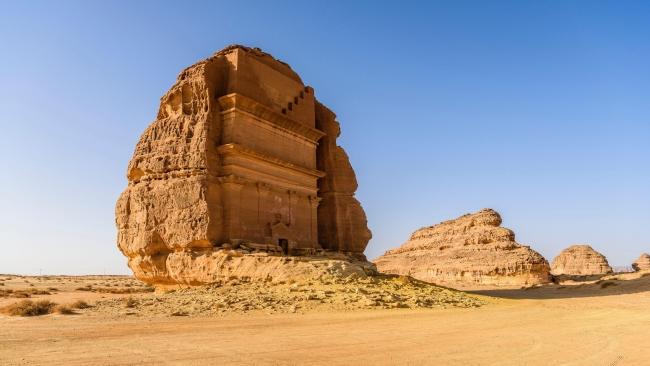
Of course, tourist-ready Al-Ula offers only a snapshot of Saudi Arabia, which can still be a challenging place to visit, not to mention live. I appreciate that others may not see it the same way, but it’s my view that travel can be a force for good in places like Saudi, where watchful tourist eyes can help to keep government regimes in check, tourism can provide meaningful opportunities for women, and engaging with locals can encourage cross-cultural understanding. Indeed, it was my conversations with locals – particularly female tourist guides – that was the highlight of both of my trips.
As we gazed out over the ruins of historic Al-Ula Old Town from its 10th-century citadel, my millennial guide, Amal, mused that her generation might be the last to dress as conservatively as she chooses to. “My youngest sister is six, and she says she will never wear an abaya,” Amal said from under her niqab (a face veil exposing only the eyes). Such exchanges taught me more about the national mood than I could ever have gleaned as an armchair traveller.
So I don’t regret going to Saudi (twice). And since learning about another emerging local tourism industry – scuba diving – empowering local women in a big way, I’m not ruling out a third visit one day.
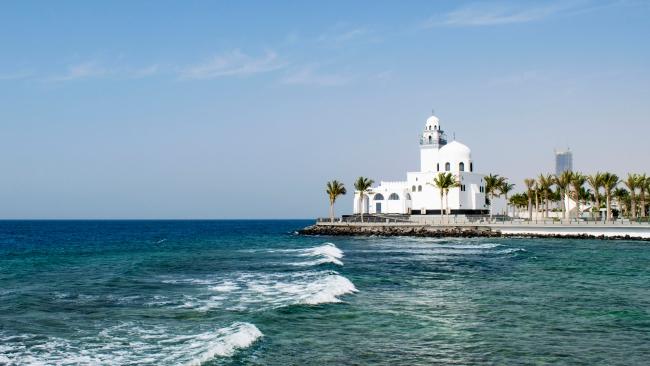
See also:
Why I will be travelling to Saudi Arabia
Do I need a visa to cruise to Saudi Arabia?
Craziest tourist attractions that never got built
Originally published as Why I went to Saudi Arabia – twice

